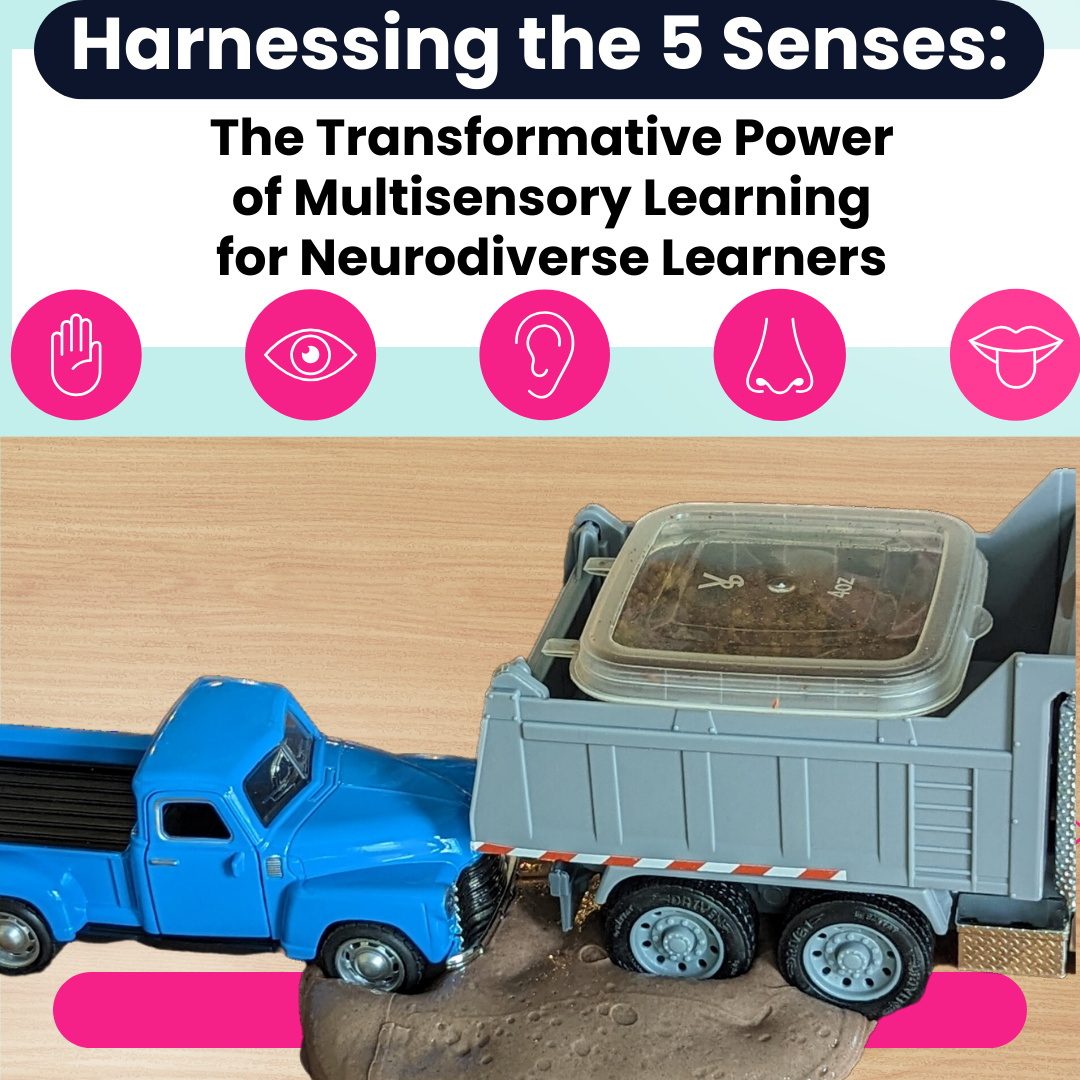The landscape of education is perpetually evolving, with each era bringing its own set of challenges and innovations. In recent years, we've witnessed a significant shift towards more inclusive and engaging teaching methods, recognizing the diverse needs of learners worldwide.
At the forefront of this transformation are multi-sensory kits, which have emerged as a powerful tool in modern education. These kits, designed to engage learners through touch, sight, sound, and sometimes even scent, are not merely a passing trend but a glimpse into the future of learning.
Embracing the Diversity of Learners
As we move forward, the recognition of diverse learning needs will continue to shape educational practices.
Traditional teaching methods often fall short in catering to this diversity, particularly for students with special educational needs or sensory processing challenges.
Multi-sensory kits offer a solution by providing a customizable and adaptable approach to learning, ensuring that education is accessible to all. As we envision the future, these kits will become an integral part of classrooms, reflecting a global commitment to inclusivity and equity in education.
The Rise of Technology-Enhanced Sensory Learning
Technology plays a pivotal role in the evolution of educational tools, and multi-sensory kits are no exception. We are already seeing the integration of digital components, such as augmented reality (AR) and virtual reality (VR), which bring an unprecedented level of immersion to sensory learning. Imagine a history lesson where students can not only read about ancient civilizations but also hear the bustling markets, touch replica artifacts, and smell the spices of the time.
This blend of physical and digital sensory inputs has the potential to transform abstract concepts into tangible experiences, making learning deeply engaging and memorable.
Fostering Emotional and Social Intelligence
Beyond academic skills, the future of learning emphasizes the development of emotional and social intelligence. Multi-sensory kits, by engaging multiple senses, can play a crucial role in this area.
Sensory experiences are closely linked to emotional responses, and by carefully designing these experiences, educators can teach empathy, mindfulness, and social skills in a more impactful way. For instance, a kit designed around the theme of global cultures could help students develop a deeper understanding and appreciation for diversity, promoting empathy and inclusivity.
Preparing for a Rapidly Changing World
In a world that's changing at an unprecedented pace, the ability to adapt and learn continuously is more critical than ever. Multi-sensory kits, with their emphasis on experiential learning, equip students with the skills they need to thrive in this dynamic environment.
By engaging with complex concepts in a hands-on manner, students learn how to think critically, solve problems creatively, and collaborate effectively. These skills, essential for success in the 21st century, will be increasingly prioritized in the educational tools and technologies of the future.
Conclusion
As we look towards the future of learning, it's clear that multi-sensory kits represent a significant step forward in the evolution of teaching methods. By embracing the diversity of learners, integrating technology, personalizing education, fostering emotional and social intelligence, and preparing students for a rapidly changing world, these kits are not just shaping modern education—they're setting the stage for a more inclusive, engaging, and effective learning experience for generations to come.



